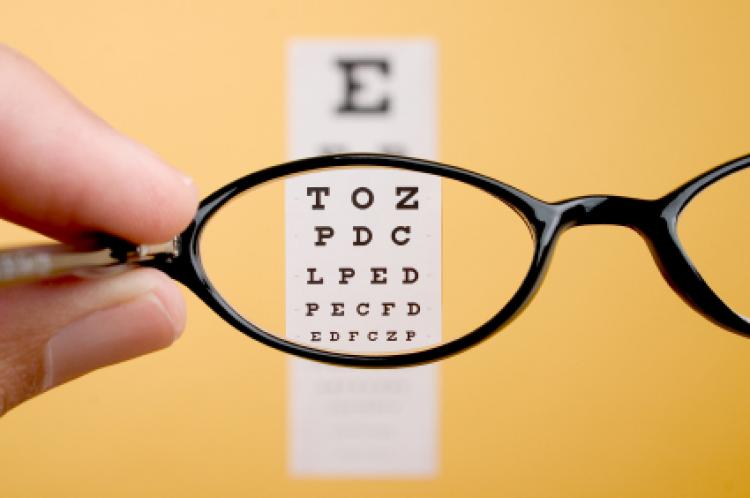A new way to deliver eye drops promises to make it easier to treat one of the leading causes of blindness
By Katrina Caruso
Researchers at the University of British Columbia have come up with a new, more effective form of eye drop to treat glaucoma, one that patients should one day be able to use while they sleep. More than 250,000 Canadians suffer from the most common form of glaucoma, an eye disease that can lead to the loss of vision and blindness.
The eye drops currently available for treating glaucoma are less effective than they need to be. “They’re often poorly absorbed,” says the lead researcher, Vikramaditya Yadav, a professor of biomedical engineering at UBC. “Less than five per cent of the drug stays in the eye because most of the drops just roll off the eye.”
And even when the drug is absorbed, he adds, “it may fail to reach the back of the eye, where it can start repairing damaged neurons and relieving the pressure that characterizes glaucoma.”
The researchers have been working to overcome these problems by creating a new type of hydrogel composite for the drops, which would form a lens on the eye that would slowly dissolve overnight and penetrate the cornea. They tested the hydrogel on donated pig corneas (which are similar to human corneas), and the drops were absorbed and got to the back of the eye.
The new gel contains a compound of cannabis called cannabigerolic acid (CBGA). Previous research has shown that cannabis compounds can relieve symptoms of glaucoma, but they don’t dissolve in water. The new delivery method solves that problem: the CBGA is suspended in the gel. The researchers hope that the hydrogel will also become an effective way to treat other eye diseeases, including macular degeneration.
The research was supported by InMed Pharmaceuticals Inc., a company focusing on drug discovery and development involving cannabinoids.
Photo: iStock/macniak.





